Proactive management during spring sets the stage for a successful year on your farm. By concentrating your efforts on key aspects of feed and animal management, you can reduce costs and boost profit. Prioritise activities like grazing management, mating preparation and cow care to ensure your farm thrives throughout spring and beyond.
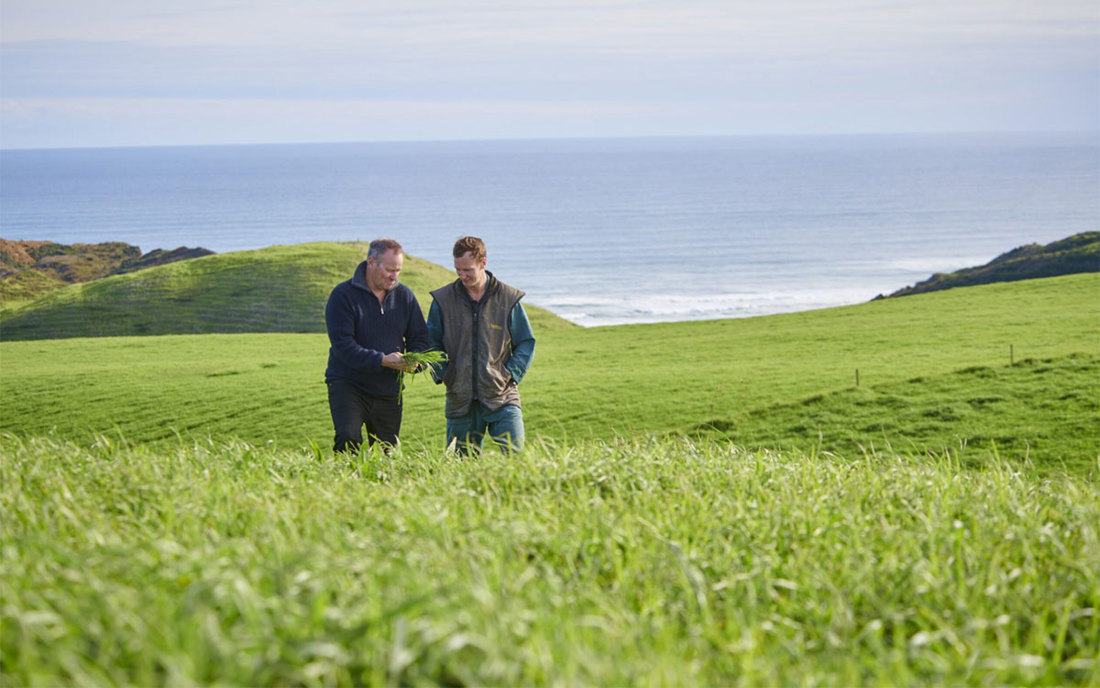
Get the most from your pasture this spring
Effective pasture management in early spring helps you grow more feed, boost profits, and reduce your environmental footprint. Grass growth can fluctuate in August and September, so it’s useful to measure pasture regularly. This helps you adjust your spring rotation plan and feed budget and maximise pasture quantity and quality going into peak growth and mating. That means better use of supplements and stronger milksolid returns.
After balance date, focus on maintaining good pasture quality by using key grazing rules: aim for the right pre-grazing cover and post-grazing residuals to keep cows eating well and producing efficiently.
Spring grazing tip
Did you know that timing your spring grazing based on ryegrass leaf stage, along with the right rotation length and residual, can influence how much pasture you grow, and its quality, for the rest of the season?
Grazing before the 3-leaf stage will reduce overall pasture growth, potentially increasing the requirements for supplements before balance date. Planning your grazing around feed supply and demand helps pasture reach the 2.5–3 leaf stage, reducing the need for supplements and keeping costs down.
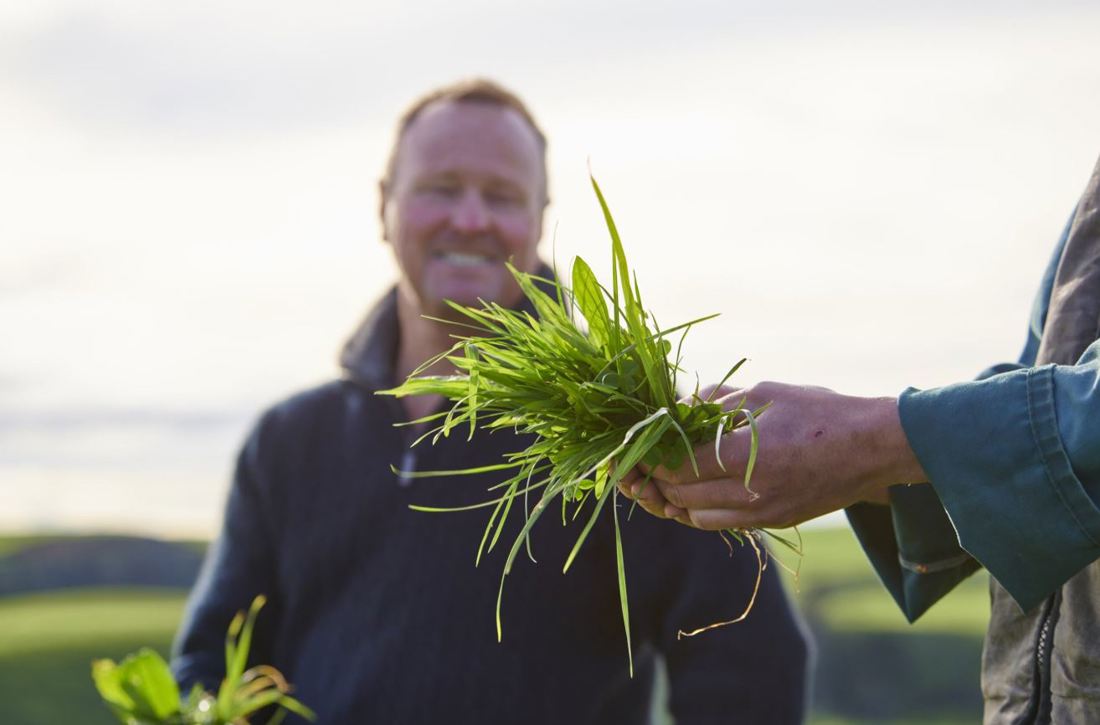
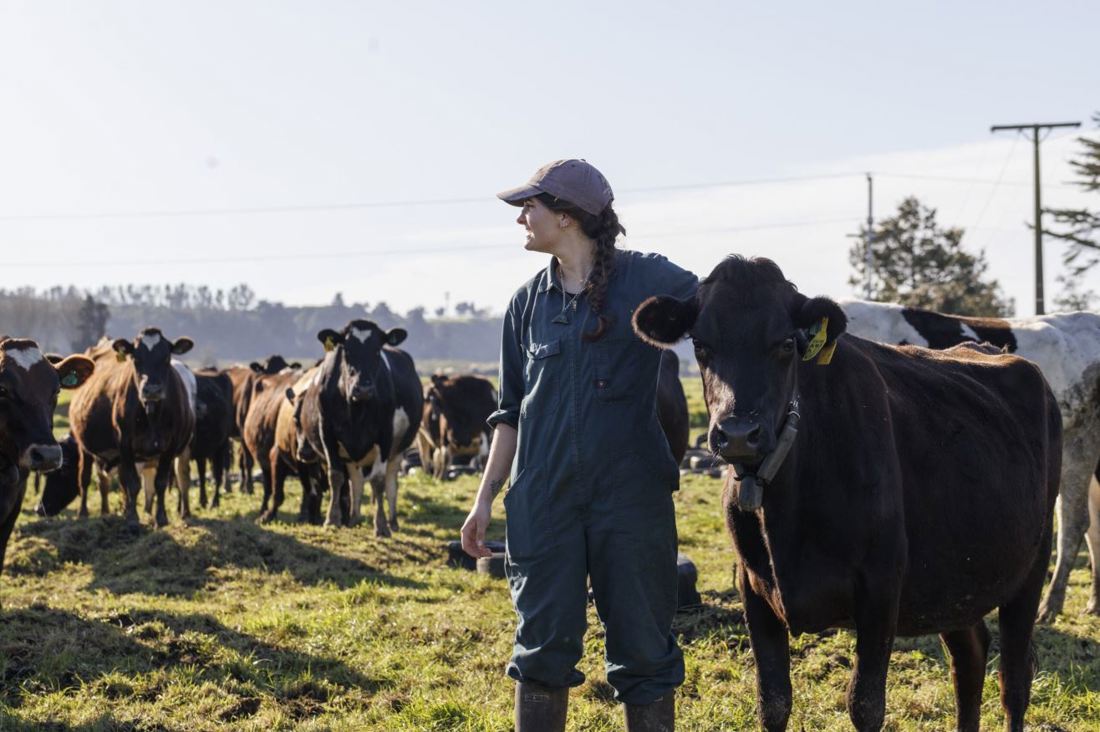
Preventing down cows and recovery tips
Good preparation can improve animal care heading into spring. With the right mineral management, feeding and proactive care, most down cows can be prevented. Preventative measures include:
- Feeding the correct rates of magnesium and calcium at the right times, particularly pre- and post-calving.
- If down cows are a recurring issue, review your system with your vet – blood testing may help identify underlying problems.
- Have immediate treatments such as metabolic bags on hand and ensure your team is trained in best-practice down cow care and handling. Developing a clear policy for managing down cows, including proper lifting and recovery procedures, helps ensure consistent care on farm.
Reducing lameness on farm
Lameness can have a major impact on cow performance and reproductive success, particularly around calving and pre-mating. Pain from lameness reduces grazing time, leading to lower feed intake, poorer body condition and reduced milk production.
Preventing and managing lameness starts with the three E’s: identify early, lift early, and trim effectively. Train your team to recognise early signs and treat promptly.
Addressing problem areas like races and yards and ensuring good stock-handling practices can significantly reduce lameness risk. A well-aligned farm system – with infrastructure that suits your herd and supports good cow flow – gives you and your team the time and tools to proactively prevent and manage lameness.
Read our advice for identifying lameness and download our lameness scoring poster for the shed
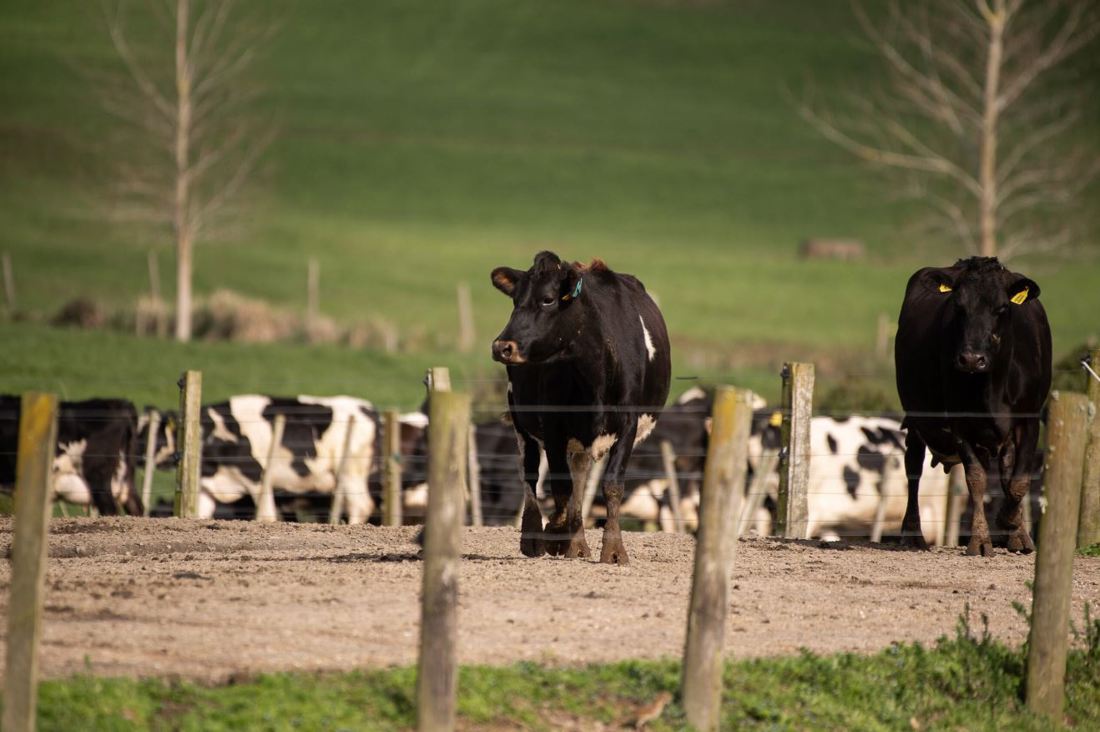
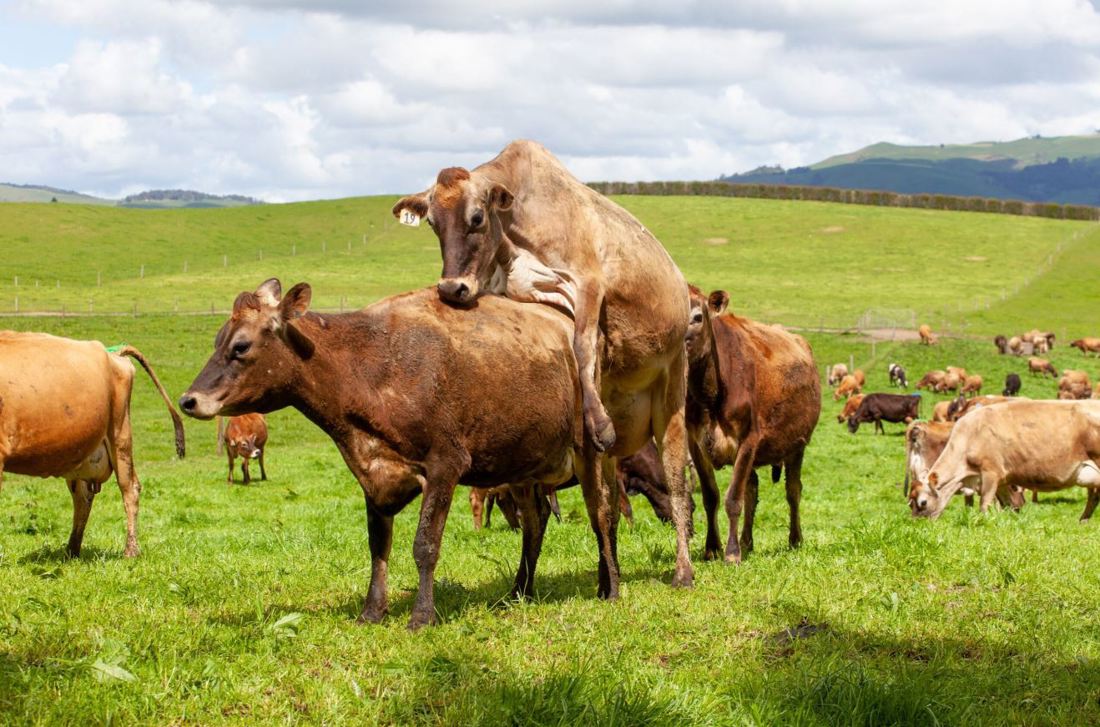
Sharpen your heat detection skills
Effective heat detection supports good conception rates and helps maximise the 6-week in-calf rate. Each detected heat and successful insemination adds, on average, 25kg of milksolids and gives cows more time to recover between calving and mating – improving their chances of getting back in calf next season.
Our heat detection tool and Incalf reproduction gap calculator can help you work out whether heat detection is a challenge, and costing your business.
Before mating season starts, review your heat detection strategy, and make sure your team is prepared. Providing training is a great way to help less experienced staff learn from others, improving accuracy and setting up for a successful mating season.
Reduce the risk of BVD infection
Increased animal movement at this time of year, especially bulls onto dairy platforms, raises the risk of Bovine Viral Diarrhoea (BVD) spread. BVD can lead to significant reproductive losses, lower milk production, more disease in general, and reduced youngstock growth rates. The good news is that monitoring and controlling BVD at farm level is achievable and cost-effective. BVD testing of calves, the herd, and animals coming on farm is an important pre-mating step.
Simple steps to mitigate BVD risks and reduce potential financial loss
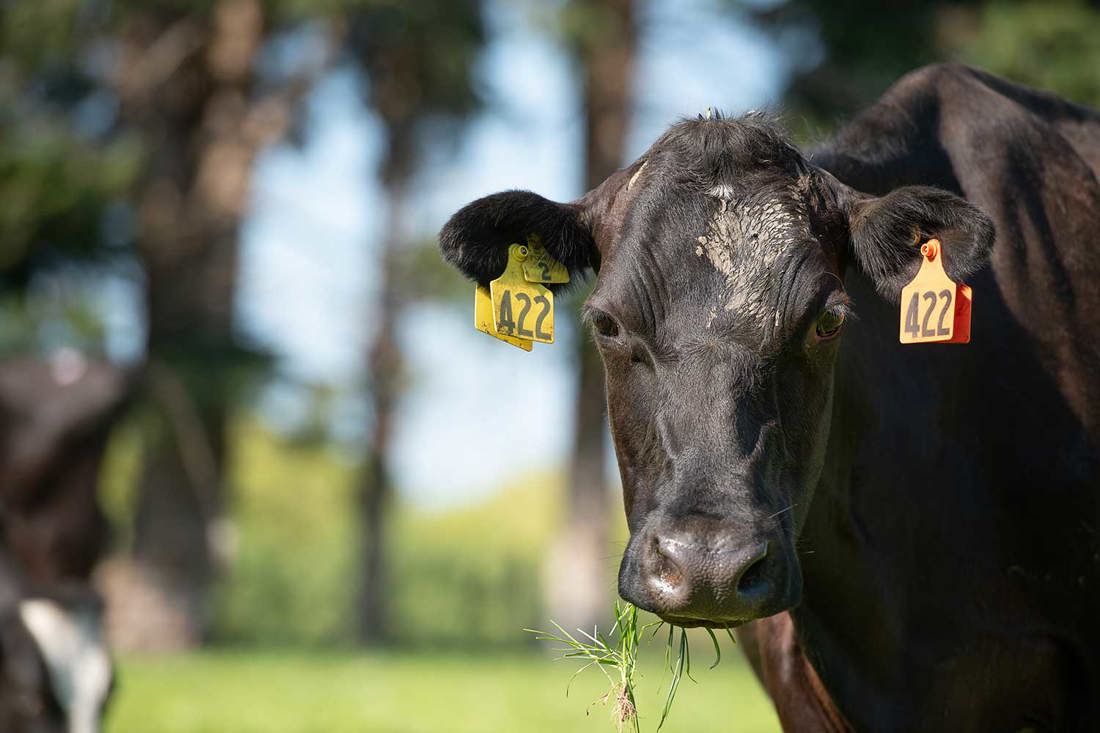
Additional tools and resources for spring
Explore more tools and resources to help you navigate through a successful spring.
-
Spring Survival Guide
The Spring Survival Guide is designed to help you get through the physically and mentally challenging time of calving.
-
Feeding Cows in Spring
Answers to the frequently asked questions about feeding dairy cows in spring.
-
Spring tools and resources
Find publications, tools, templates, research papers and advice on best practices for spring.
-
Wet weather management
Strategies and guidance for managing the impact of prolonged wet weather.